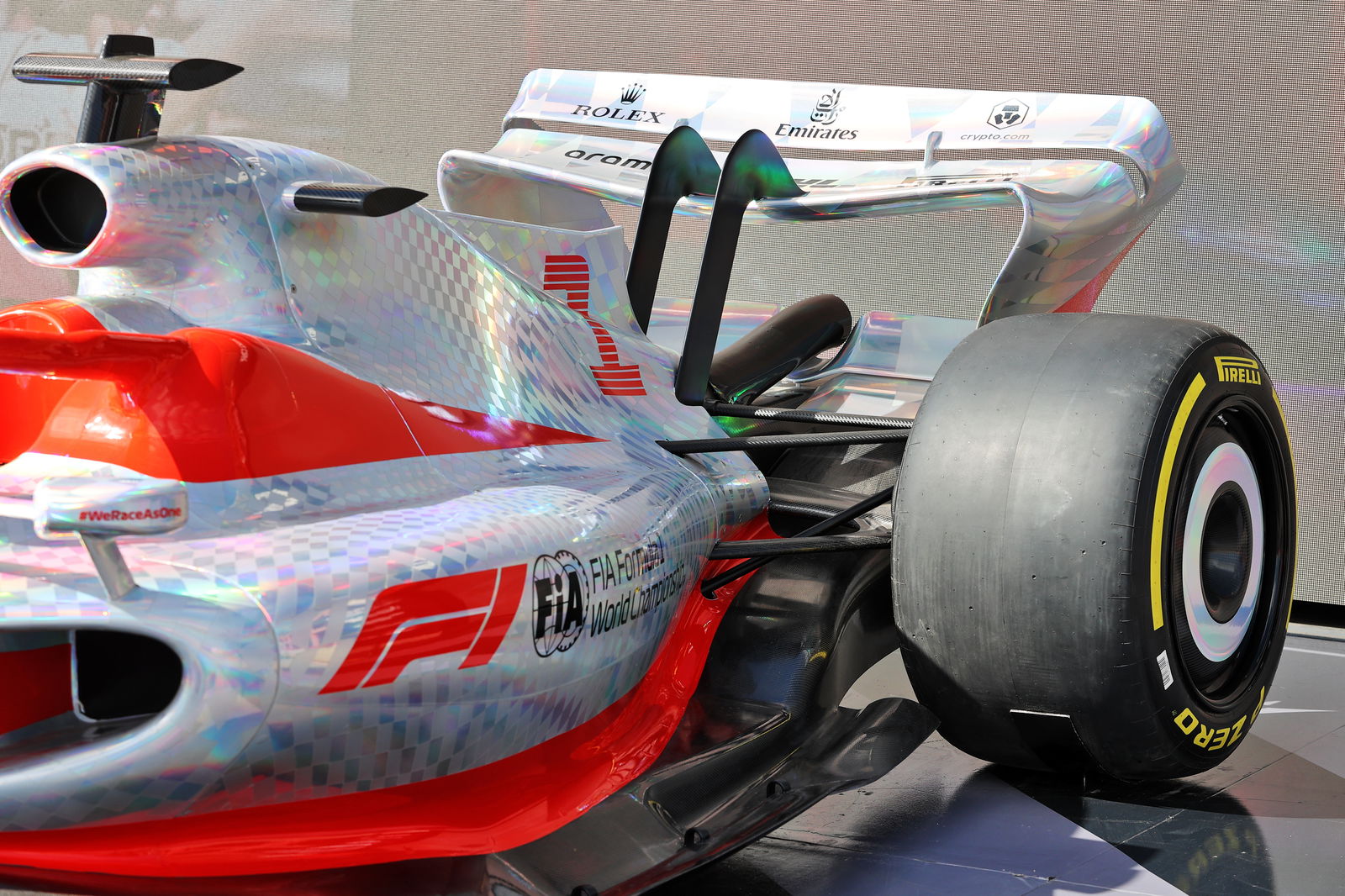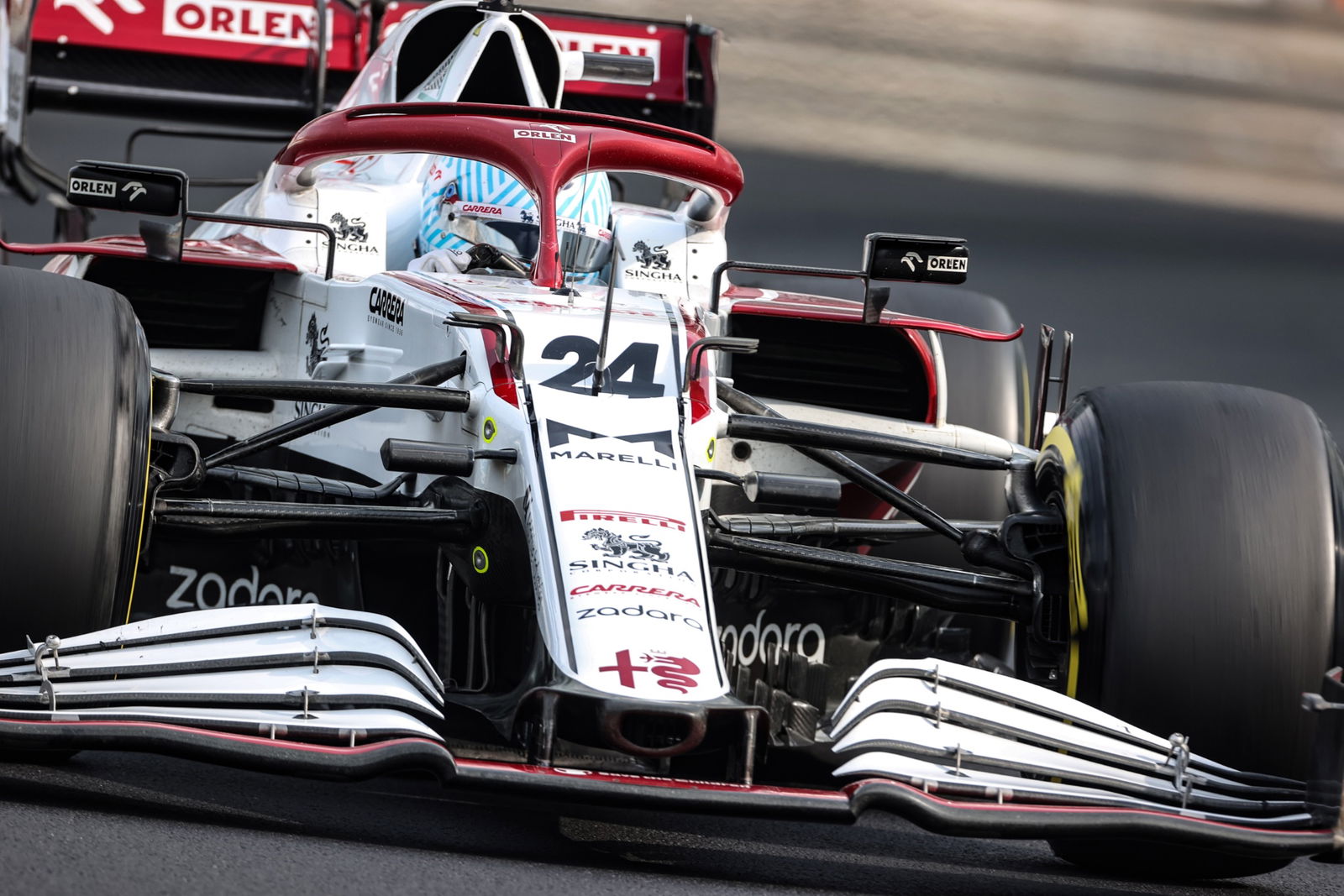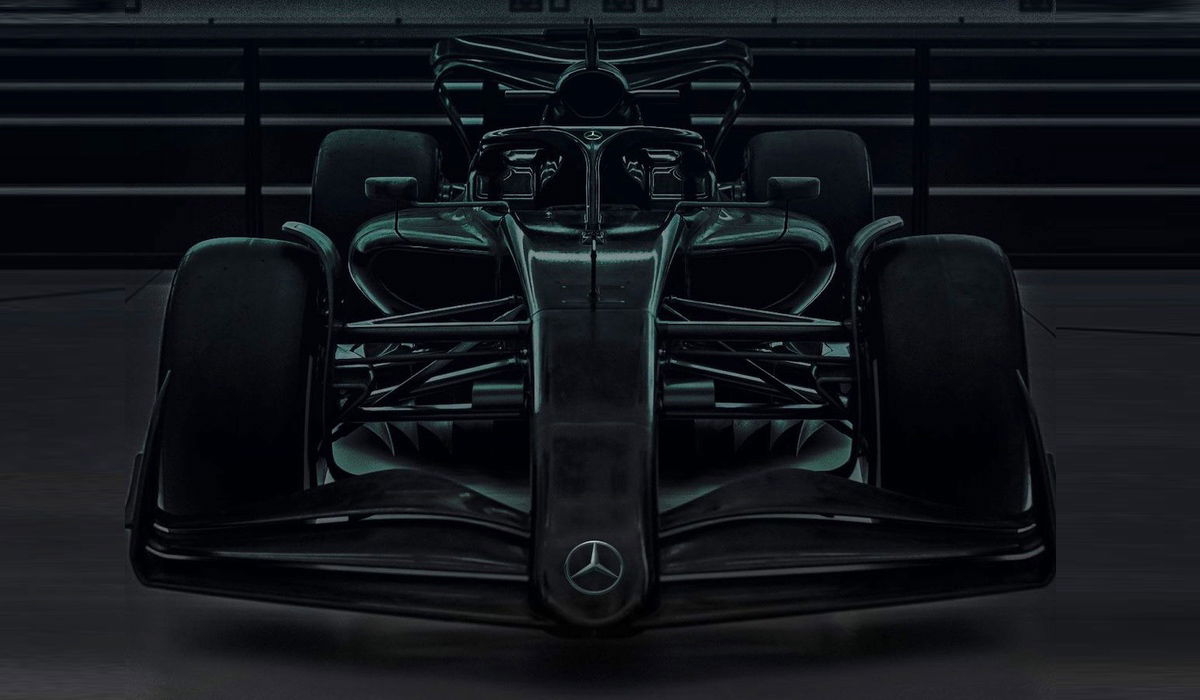What’s new for 2022? Everything that’s changing as F1 enters new era

New cars
The most noticeable and biggest change coming for the upcoming season is the introduction of the sweeping overhaul to F1’s technical regulations.
F1’s new car was originally intended to make its debut in 2021 but the rules package was postponed by a year due to the outbreak of the COVID-19 pandemic which delayed and heavily disrupted the 2020 season.
We got a first proper glimpse of a full-size 2022 car ahead of last year’s British Grand Prix as F1 unveiled a promotional show car in the Silverstone paddock.
The new generation F1 machine will turn its wheels for the first time during the opening pre-season test, which gets underway in 52 days (February 23) in Barcelona.
F1’s new-for-2022 car will feature a ground-effect floor, simplified front wing and endplate, a prescriptively-shaped rear wing, wheel covers and run on Pirelli’s brand new 18-inch tyres as the sport waves goodbye to its long-used 13-inch wheels.

Minimum weight of this year’s cars will increase to 795kg excluding fuel, making them 43kg heavier than their predecessors. Despite this, the 2022 F1 cars are expected to be much closer in speed to the previous generation than originally anticipated.
The V6 turbo engine rules that have been in place since 2014 remain largely the same, though the design will be frozen up to the end of at least 2025, an agreement that was key to the formation of Red Bull’s new in-house engine facility. Despite its departure from F1, Honda will continue to support Red Bull until the new division becomes fully operational from 2023.
F1 cars will use fuels containing 10% advanced sustainable ethanol (E10) in 2022 as part of the world championship’s plan to introduce sustainable fuels by 2026 and have a net-zero carbon footprint by 2030.
Teams will also have to operate under the confines of a lowered budget cap for 2022, with the maximum limit on spending falling from $145m to $140m.
It is hoped the rules reset will achieve closer, more exciting racing and create greater competition between the teams.
New races
The first-ever Miami Grand Prix will take place in early May at the newly-built Miami International Autodrome, with the circuit located around the Hard Rock Stadium - home to the Miami Dolphins NFL team.
There is huge excitement surrounding the Florida event as F1 looks to capitalise on growing interest in the United States of America. Miami will see F1 hold two races Stateside, with Austin staging the United States Grand Prix in October.
Miami’s debut will help form F1’s longest-ever calendar, comprising 23 races, COVID-permitting. The record-breaking schedule directly follows the 22 races held by F1 in 2021.

After being present on both the 2020 and 2021 calendars, the Portuguese, Styrian and Turkish Grands Prix will not feature, while Qatar is set to return to F1’s schedule in 2023 after hosting this year’s FIFA World Cup.
The Chinese Grand Prix is also due to return in 2023 after COVID-related restrictions caused the race to be cancelled for the third year running.
Following a two-year absence from the calendar due to the COVID-19 pandemic, the Australian, Canadian, Japanese and Singapore Grands Prix are all set to return in 2022.
2022 will also see the expansion of F1’s sprint event after the experimental format was trialed at three races during the 2021 season.
The 100km sprint qualifying races are set to be held at six races next year, though the exact events are yet to be formally outlined by F1.
While the basic format of qualifying on Friday and the sprint on Saturday is set to remain in place, some revisions are expected following further discussions with the teams.
The topics under consideration include the potential of more points being offered out for the sprint, as well as pole position being awarded to the fastest driver in Friday qualifying, not the sprint race winner.
New faces (and numbers)
Several driver changes have taken place over the winter, with the headline move seeing George Russell get his chance at Mercedes alongside Lewis Hamilton.
Russell has been promoted to Mercedes after three impressive years at Williams. Taking Russell’s vacated seat at Williams is former Red Bull driver Alex Albon, who returns to F1 on a full-time basis following a year on the sidelines as Red Bull’s reserve after he lost his seat to Sergio Perez at the end of 2020.
Valtteri Bottas and Formula 2 graduate Guanyu Zhou will form an all-new driver line-up at Alfa Romeo, replacing the retired Kimi Raikkonen and Formula E-bound Antonio Giovinazzi in what marks the only complete overhaul for 2022. Zhou has picked 24 to be his permanent race number for his F1 career.

Expect to see some new faces on Fridays in 2022 too, with F1 mandating rookie running for the upcoming season. At a given number of practice seasons throughout 2022, F1 teams will all have to run a rookie under the newly-implemented rule.
2022 also marks the beginning of a new era for the FIA, with Jean Todt - who has been linked with a return to Ferrari in an advisory capacity - handing over the role of presidency after 12 years in charge.
Taking over the reins of motorsport’s world governing body is Mohammed ben Sulayem, following his election in December. The 60-year-old Emirati and former rally driver will have a number of issues at the top of his in-tray, including overseeing how F1 moves on from a controversial end to the 2021 world championship.
The FIA has launched an inquiry into the contentious events of the Abu Dhabi Grand Prix after admitting the controversy was “tarnishing the image” of F1.
During a press conference following his election, ben Sulayem also refused to rule out punishing Hamilton for boycotting the FIA’s prize-giving gala in Paris.
Hamilton has remained silent ever since the 2021 finale, with the seven-time world champion’s future the subject of intense speculation after Mercedes boss Toto Wolff admitted the Briton was left “disillusioned” by what happened in Abu Dhabi.
After becoming the first driver since Nico Rosberg in 2016 to beat Hamilton to a world title, Max Verstappen has exercised his right to swap his personal number 33 in order to run the number 1 on his Red Bull car this season.


